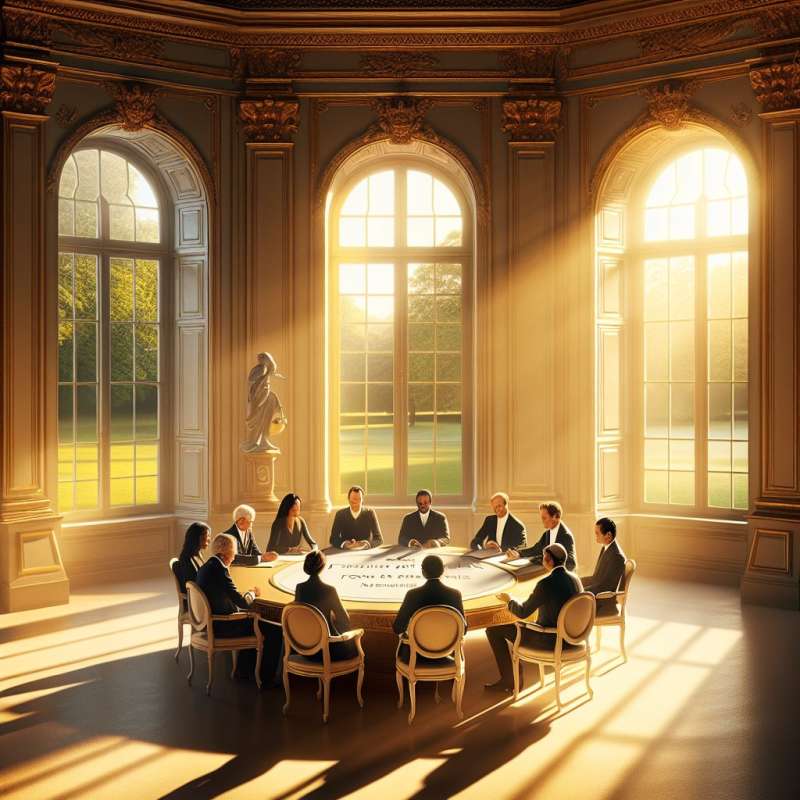
Early Alliances Formation
European alliances date back centuries, often formed for mutual defense or to balance power. The 19th century Concert of Europe exemplifies early cooperation to maintain the status quo post-Napoleonic Wars.
Entangling Alliances Pre-WWI
Pre-World War I, complex alliances like the Triple Entente and Triple Alliance were created. These agreements inadvertently set the stage for a larger conflict, showing the risks of entangled alliance systems.
Cold War Blocs
Post-WWII, Europe was divided into two political alliances: NATO, led by the US, fostered Western cooperation, while the Warsaw Pact united the Eastern bloc under Soviet influence, highlighting the division in ideologies.
European Union Genesis
The European Union, beginning as the European Coal and Steel Community in 1951, aimed to ensure economic cooperation and prevent conflict, a unique form of supranational political alliance.
Schengen Area Creation
The Schengen Agreement, signed in 1985, abolished many internal borders, allowing for ease of movement between member states. A revolutionary step, it redefined notions of national boundaries and sovereignty.
Rise of Euroscepticism
Recent years have seen a rise in Euroscepticism, with political alliances forming around shared skepticism towards EU policies, such as the European Conservatives and Reformists group, challenging the trajectory of European integration.
Future Prospects
Europe faces challenges such as Brexit, migration, and economic disparities. Future alliances may evolve towards more flexible, issue-specific cooperation, potentially reshaping the continent's traditional alliance structures.
What exemplified 19th-century European cooperation?
Versailles Treaty aftermath
Concert of Europe stability
League of Nations creation
Company